Douglas William Jerrold (1803-1857), The Caudle History: a Droll Game (London: Edward Wallis, 1845-47?). Also called Wallis’s New Social Gamer, the Caudle History. Designed and lithographed by G. E. Madeley, 3 Wellington Street on the Strand. Graphic Arts GAX 2011- in process
From January to November 1845, the British dramatist Douglas Jerrold published a humorous series of monologues entitled Mrs. Caudle’s Curtain Lectures each week in Punch magazine. The garrulous character of Mrs. Caudle was an immediate hit with the British public. Theatrical presentations of the lectures followed, along with volumes of collected Lectures published in Great Britain and in the United States. To further capitalize on the enormous success of Jerrold’s series, a satirical board game was released.
Composed of thirty-four hand-colored panels, the game follows closely on the thirty-six chapters or lectures published in Punch. There are six bed and five wedding ring squares that might set a player back. On square thirty-three, Mr. Caudle is dressed in mourning over the loss of his wife but in square thirty-four he is jumping for joy on the winning panel.
Introduction: “Poor Job CAUDLE was one of the few men whom Nature, in her casual bounty to women, sends into the world as patient listeners. He was, perhaps, in more respects than one, all ears. And these ears, Mrs. Caudle … took whole and sole possession of. They were her entire property; as expressly made to convey to Caudle’s brain the stream of wisdom that continually flowed from the lips of his wife, as was the tin funnel through which Mrs. Caudle in vintage time bottled her elder wine. There was, however, this difference between the wisdom and the wine. The wine was always sugared: the wisdom, never. It was expressed crude from the heart of Mrs. Caudle who, doubtless, trusted to the sweetness of her husband’s disposition to make it agree with him.”
See also Charles Zachary Barnett, Mrs. Caudle! or, Curtain Lectures! A Dramatic Sketch in One Act, Founded on the Celebrated Series of Papers in “Punch”. The only edition correctly marked, by permission from the prompter’s book … As performed at the London theatres. Embellished with a fine engraving by Mr. T. Jones … (London: J. Duncombe [1845?]). Rare Books: Theater Collection (ThX) TC023 (Playbooks Collection) Box 7
Douglas William Jerrold (1803-1857), Mrs. Caudle’s Curtain Lectures: Delivered During Thirty Years by Mrs. Margaret Caudle (New York: E. Winchester, 1845). Firestone Library (F) PR1105 .H665 v.20
Douglas William Jerrold (1803-1857), Mrs. Caudle’s Curtain Lectures, Illustrated by Charles Keene (New York : D. Appleton, 1866). Graphic Arts Collection (GAX) 2003-0371
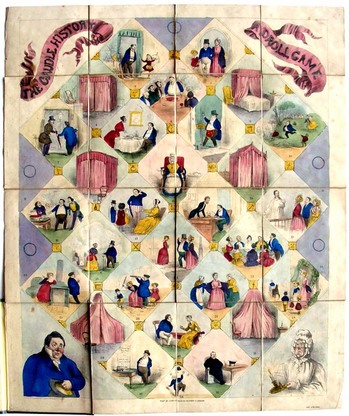
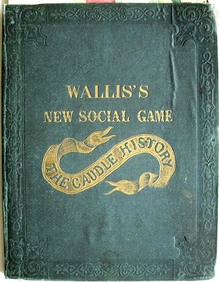
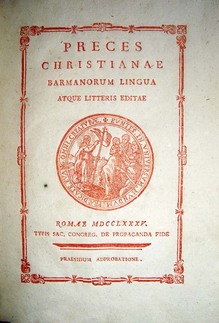
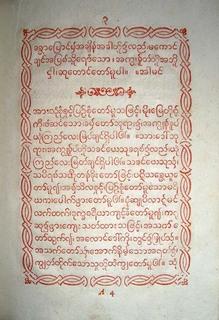

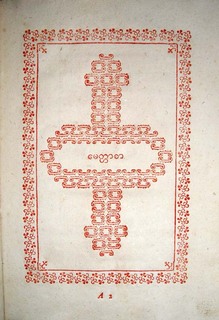
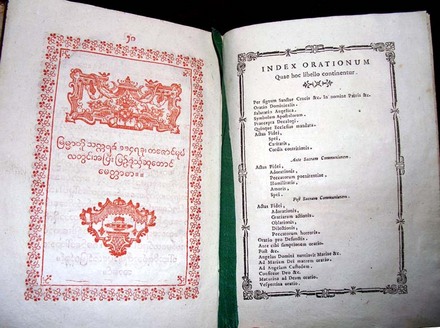

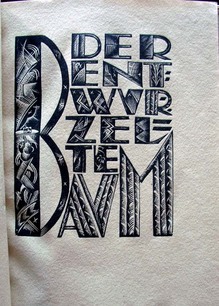

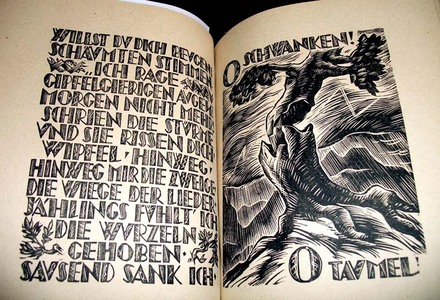
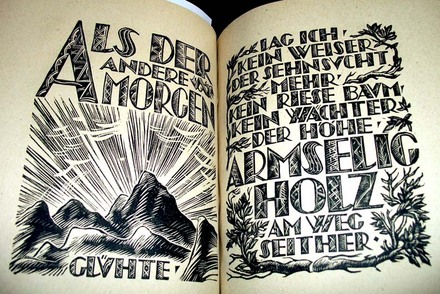
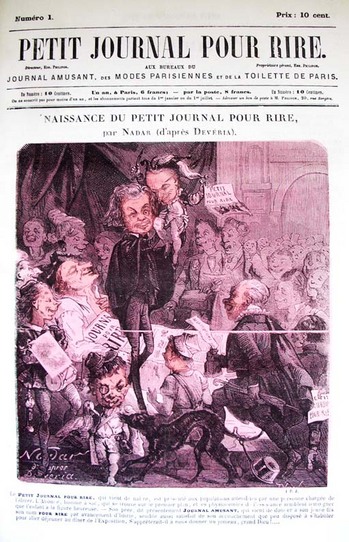
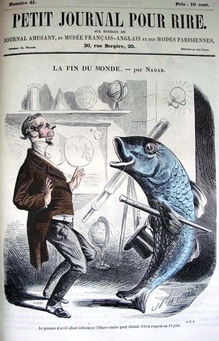

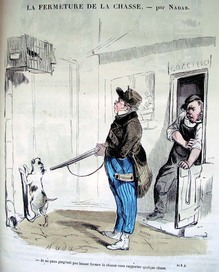
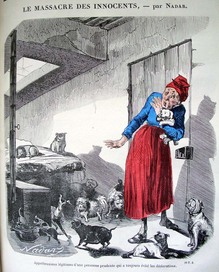

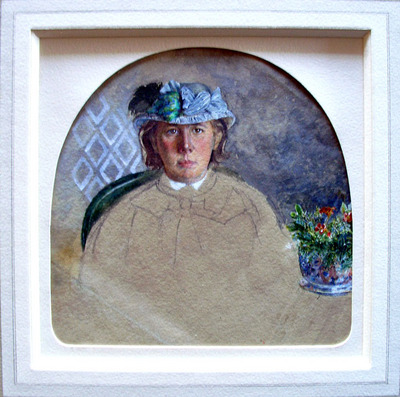
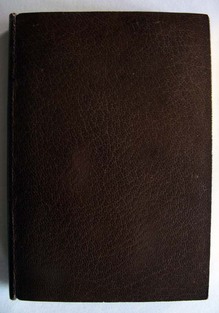
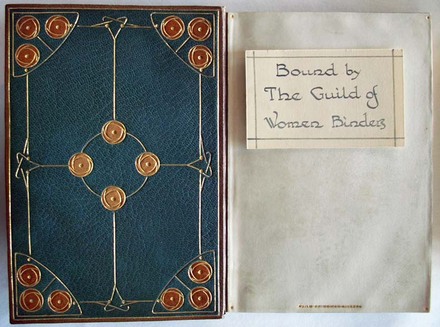
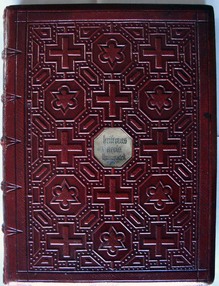



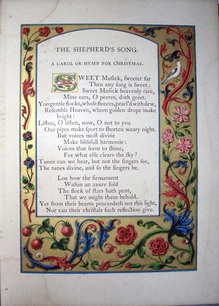
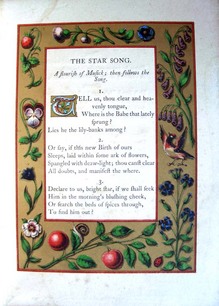
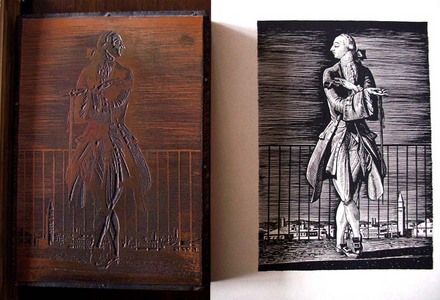
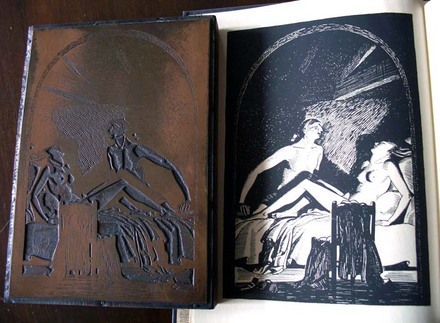
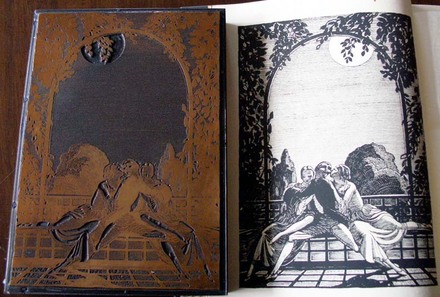
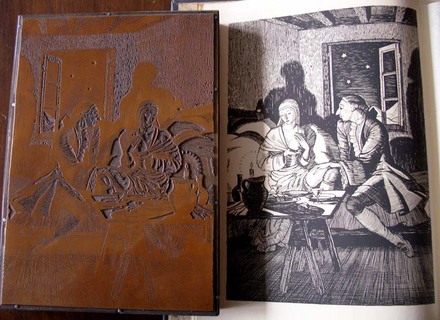
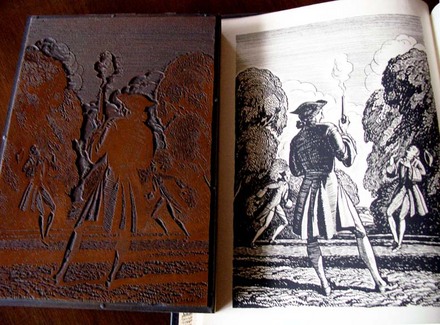

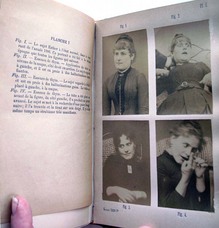

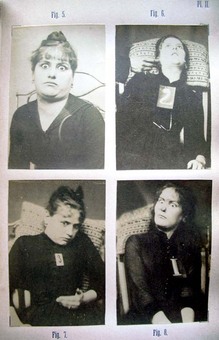
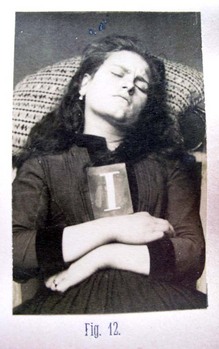
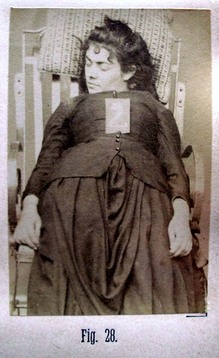
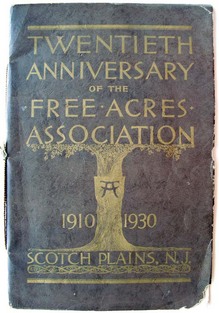
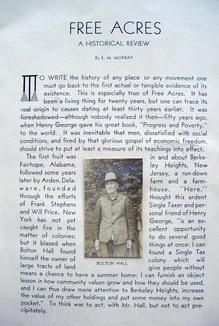
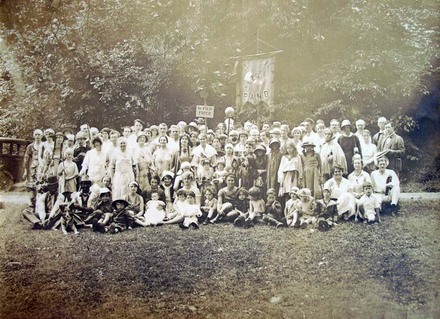
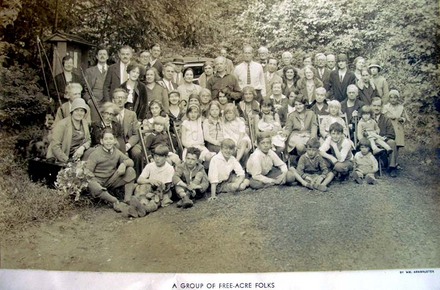






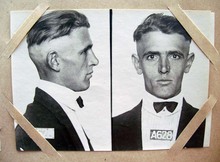
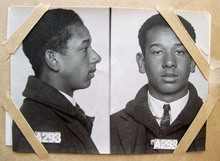
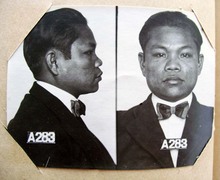


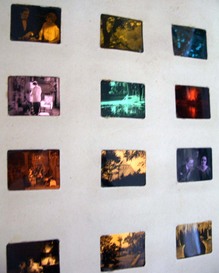
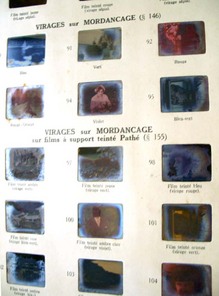
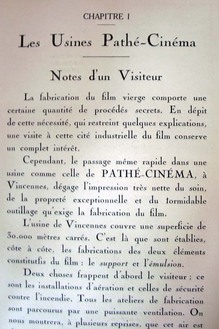
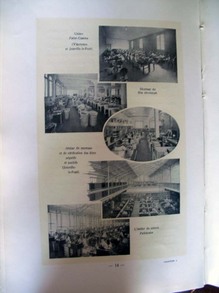
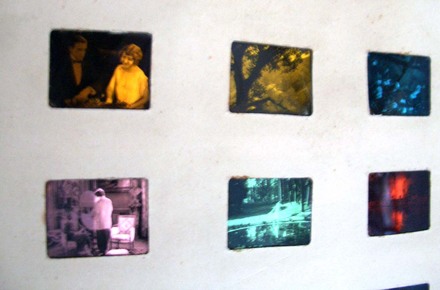

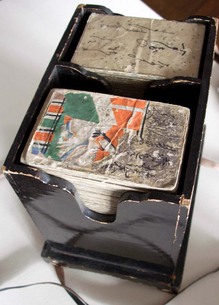
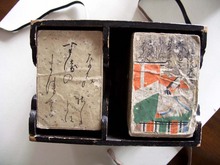
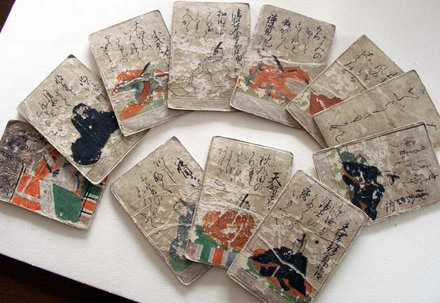
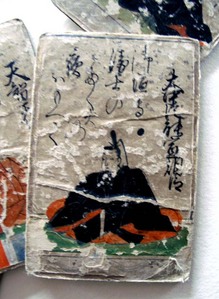
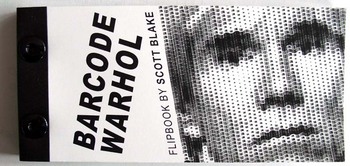
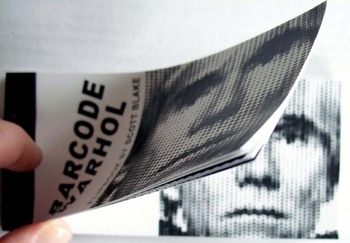
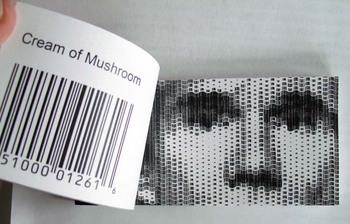
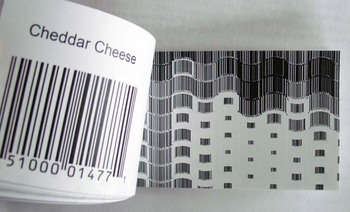


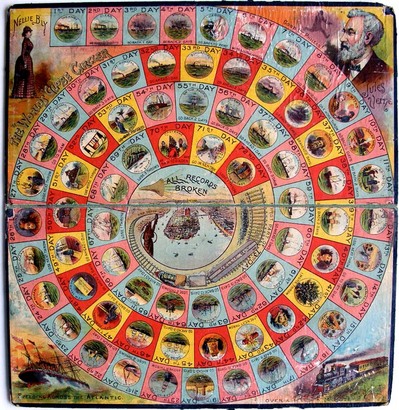
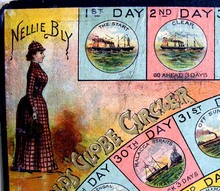
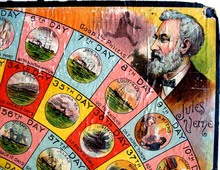
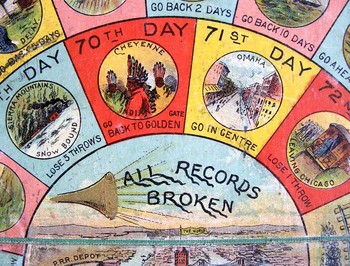
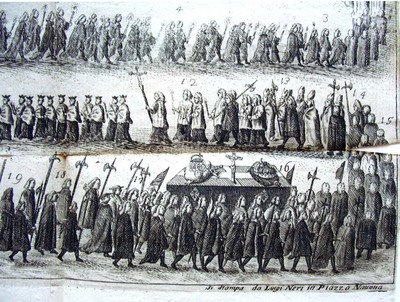
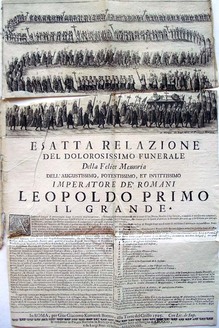
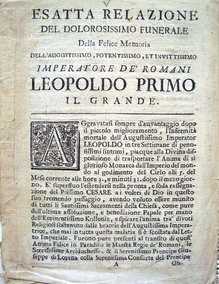
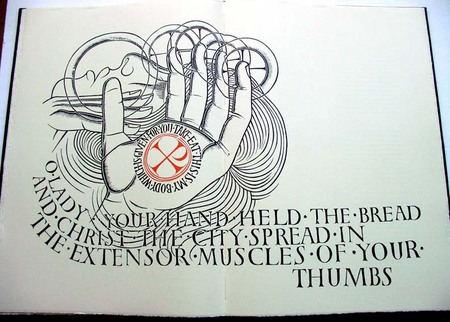


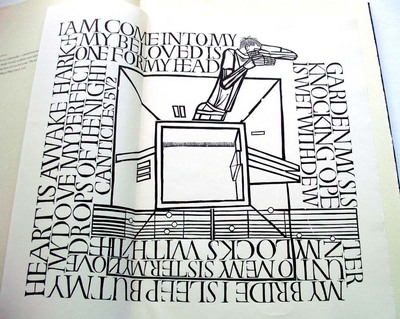

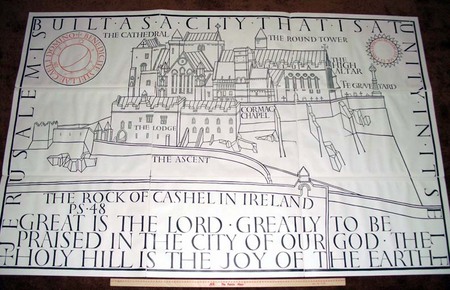
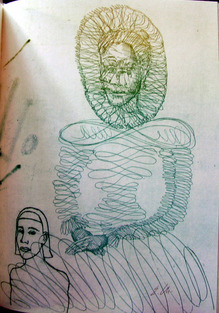
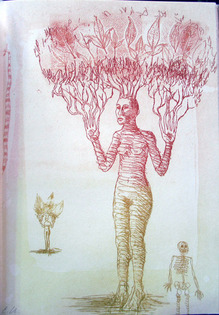
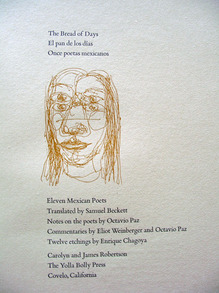
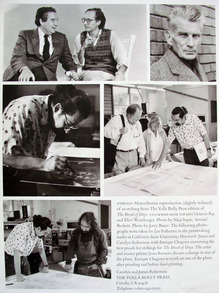
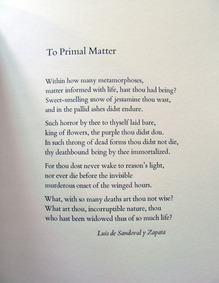
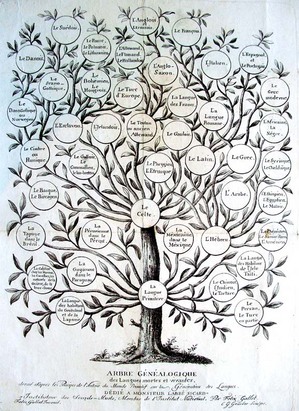
Recent Comments